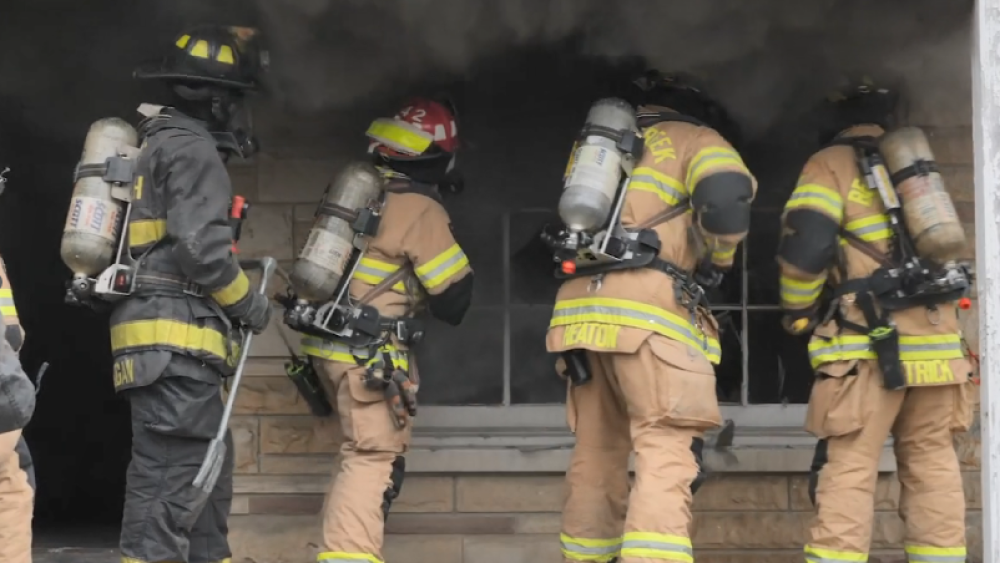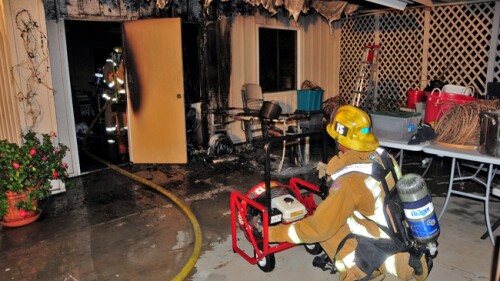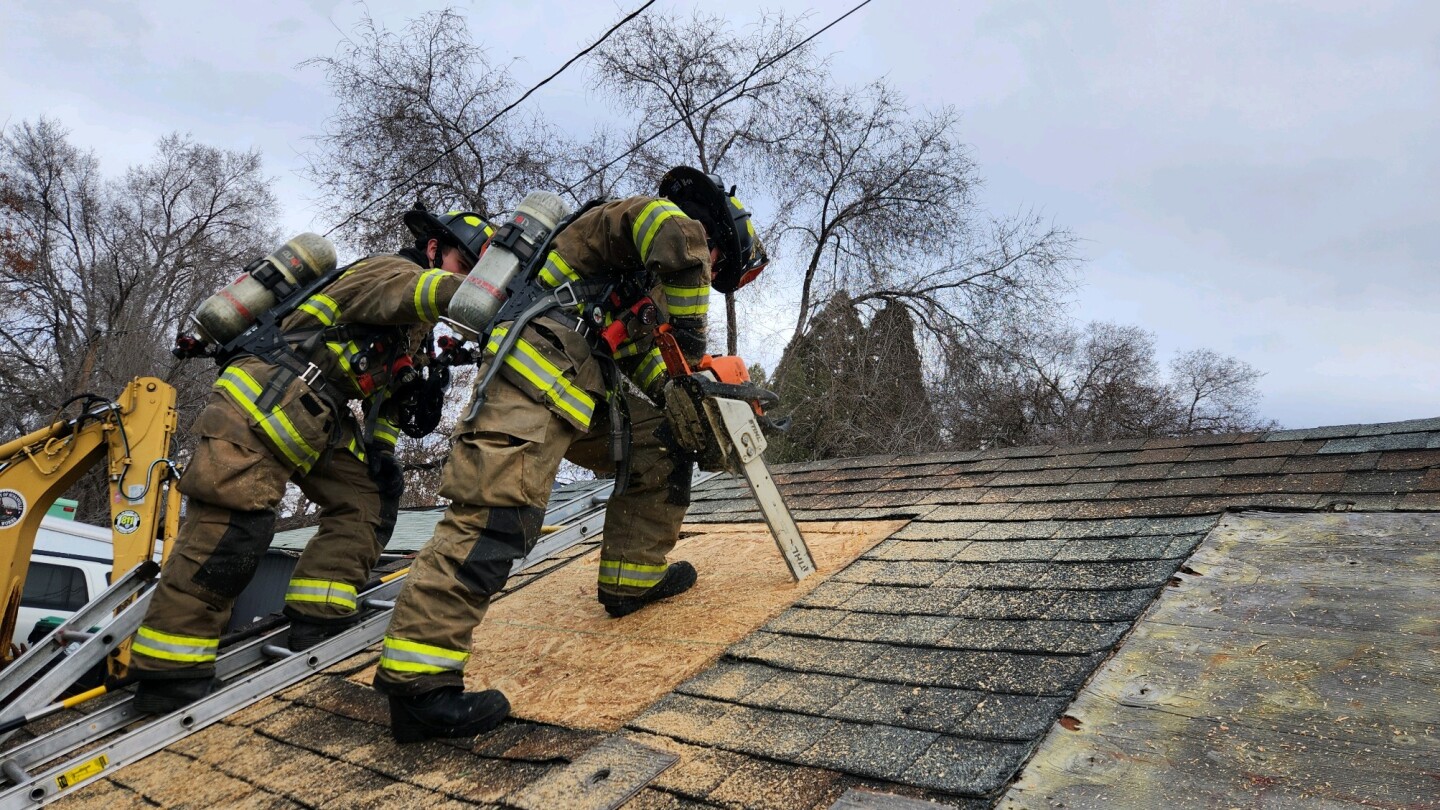As research continues to emerge, highlighting the importance of coordinated ventilation, firefighters are forced to adjust strategies and tactics. This special coverage series reviews the current ventilation-focused research and offers detailed steps for how to best implement the various ventilation operations – vertical ventilation, horizontal ventilation, positive pressure ventilation, among other tips and tricks to ensure safe fireground operations.
MOST POPULAR
- 3 rescue team members lose homes in L.A. wildfires
- LODD: Ohio FF, flight medic fatally struck while helping a stranded motorist
- Baltimore firefighters battle 5-alarm blaze across from firehouse
- FDNY firefighter released from hospital after mayday at Bronx blaze
- Firefighter killed in Trump assassination attempt remembered at Pa. rally
MORE FIREGROUND OPERATIONS
Civilians don’t understand that water delivery takes time; firefighters must train on that process so as not to create additional delay
It is any firefighter’s worst nightmare and it happens more often than you would think
Pinching the supply line can spell serious trouble for an interior attack crew; here are ways to keep those lines kink-free
One truth on the fireground is to expect the unexpected, and that is especially true for basement fires; here are three case studies and the lessons learned
Whether evacuating, protecting in place, or both, firefighters need a great deal of planning and understanding for emergencies at senior-care facilities
One well-intentioned bystander can cause enough distraction to the safety and effectiveness of initial fire attack operations
Whether it’s moving a live electrical wire with a pike pole or simultaneously conducting offensive and defensive fire attacks, you want to avoid all of these acts on the fireground
Know your jurisdiction and your staff, then choose tools from among these different types that best meet those needs
It’s the building type all firefighters should dread as fire will spread fast and unhampered through the walls and floors
















